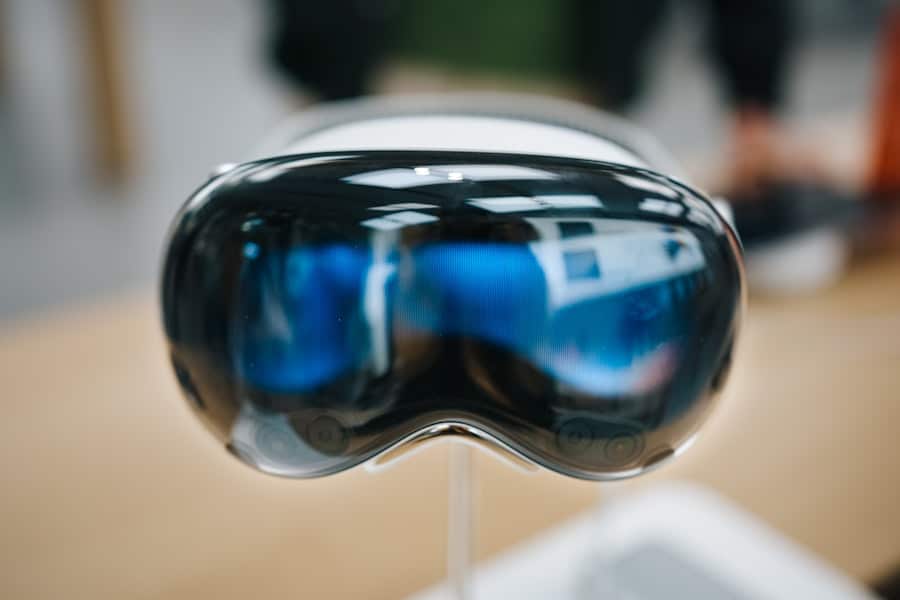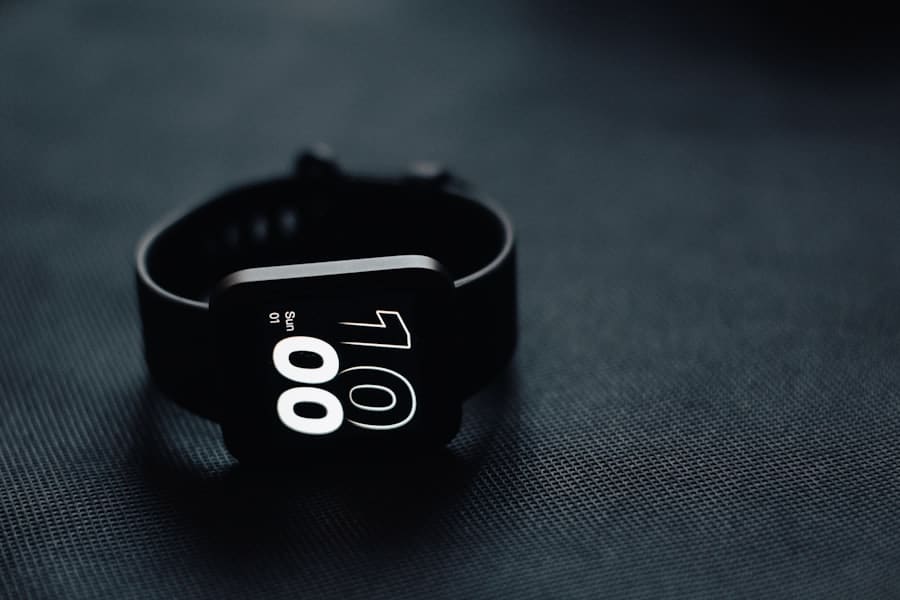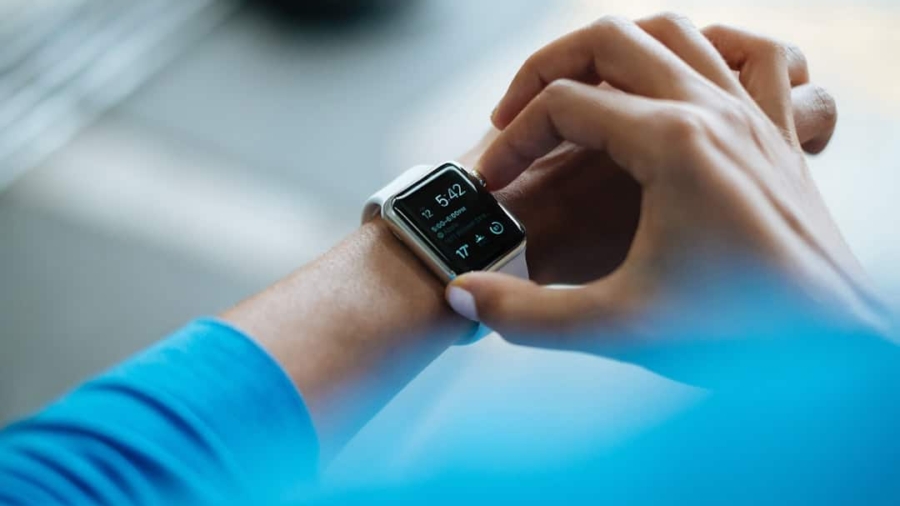The integration of wearable technology into rehabilitation programs marks a significant evolution in the way healthcare providers approach patient recovery. Wearable tech encompasses a range of devices, from smartwatches to specialized sensors, designed to monitor various health metrics and facilitate real-time feedback. This technology has gained traction in rehabilitation settings due to its ability to provide continuous data on patient performance, enhance engagement, and tailor interventions to individual needs.
As healthcare increasingly shifts towards personalized medicine, the role of wearable tech in rehabilitation is becoming more pronounced, offering innovative solutions that can lead to improved outcomes. The advent of wearable technology has transformed traditional rehabilitation practices, which often relied on periodic assessments and subjective reporting. With the ability to collect data continuously, these devices empower both patients and clinicians by providing insights that were previously difficult to obtain.
For instance, a patient recovering from a stroke can wear a device that tracks their movement patterns, allowing therapists to adjust treatment plans based on real-time data. This shift not only enhances the precision of rehabilitation efforts but also fosters a more collaborative relationship between patients and healthcare providers, as patients become active participants in their recovery journey.
Key Takeaways
- Wearable technology has become increasingly popular in rehabilitation programs, offering new ways to monitor and support patient progress.
- The benefits of wearable tech in patient rehabilitation include improved adherence to treatment, real-time monitoring of patient progress, and increased patient engagement and motivation.
- Types of wearable tech used in rehabilitation programs include activity trackers, smart clothing, virtual reality systems, and biofeedback devices.
- Wearable tech monitors patient progress and adherence to treatment through data collection, analysis, and feedback to both patients and healthcare providers.
- Integrating wearable tech into rehabilitation programs requires careful consideration of patient needs, training for healthcare providers, and data management protocols.
- Successful case studies of wearable tech in patient rehabilitation demonstrate improved outcomes, increased patient satisfaction, and more efficient use of healthcare resources.
- Challenges and limitations of using wearable tech in rehabilitation programs include data privacy concerns, cost, and the need for ongoing technical support and training.
- Future trends and innovations in wearable tech for patient rehabilitation include advances in sensor technology, artificial intelligence, and personalized treatment algorithms.
Benefits of Wearable Tech for Patient Rehabilitation
One of the most significant benefits of wearable technology in rehabilitation is its capacity to enhance patient engagement. Traditional rehabilitation often suffers from low adherence rates, as patients may struggle to maintain motivation or forget to perform prescribed exercises. Wearable devices can address this issue by providing reminders and gamifying the rehabilitation process.
For example, some devices incorporate elements of competition or achievement badges, encouraging patients to meet their goals and stay committed to their recovery plans. This interactive approach not only makes rehabilitation more enjoyable but also fosters a sense of accountability among patients. Moreover, wearable tech facilitates personalized care by allowing for the collection of individualized data that can inform treatment decisions.
Clinicians can analyze metrics such as heart rate, activity levels, and range of motion to tailor rehabilitation programs specifically to each patient’s needs. This data-driven approach enables healthcare providers to identify trends and make timely adjustments to treatment plans, ultimately leading to more effective rehabilitation outcomes. For instance, if a patient is not meeting their activity goals, therapists can modify the intensity or frequency of exercises based on the insights gathered from wearable devices.
Types of Wearable Tech Used in Rehabilitation Programs

The landscape of wearable technology in rehabilitation is diverse, encompassing various devices designed for specific applications. One prominent category includes fitness trackers and smartwatches, which monitor general activity levels, heart rate, and sleep patterns. These devices are particularly useful for patients recovering from orthopedic surgeries or those with chronic conditions, as they provide valuable insights into daily activity and overall health.
For example, a smartwatch can alert a patient when they have been sedentary for too long, prompting them to engage in light movement or stretching. Another category includes specialized sensors and smart clothing designed for more targeted rehabilitation efforts. These devices often incorporate advanced technologies such as motion capture and electromyography (EMG) to assess muscle activity and movement patterns during rehabilitation exercises.
This level of detail allows therapists to correct form and technique immediately, reducing the risk of injury and enhancing the effectiveness of the rehabilitation process.
How Wearable Tech Monitors Patient Progress and Adherence to Treatment
Wearable technology plays a crucial role in monitoring patient progress throughout the rehabilitation process. By continuously collecting data on various health metrics, these devices provide clinicians with a comprehensive view of a patient’s recovery journey. For example, a wearable device may track the number of steps taken each day, the duration of physical activity, and even the quality of sleep.
This information can be invaluable for therapists seeking to understand how lifestyle factors impact recovery and adherence to treatment plans. In addition to tracking progress, wearable tech also enhances adherence by providing real-time feedback and reminders. Many devices are equipped with alert systems that notify patients when it’s time to perform exercises or take medications.
This feature is particularly beneficial for individuals who may struggle with memory or organization due to cognitive impairments or other challenges. By integrating these reminders into daily routines, wearable technology helps ensure that patients remain engaged in their rehabilitation efforts and adhere to prescribed treatment protocols.
Integrating Wearable Tech into Rehabilitation Programs
The successful integration of wearable technology into rehabilitation programs requires careful planning and collaboration among healthcare providers, patients, and technology developers. Clinicians must first assess the specific needs of their patient population and determine which types of wearable devices will be most beneficial for their rehabilitation goals. This process often involves evaluating the technological literacy of patients, as well as their willingness to engage with new tools.
Once appropriate devices are selected, training sessions may be necessary to familiarize patients with how to use the technology effectively. This training should cover not only the technical aspects of operating the devices but also how to interpret the data they generate. Empowering patients with knowledge about their progress can enhance motivation and foster a sense of ownership over their recovery journey.
Additionally, healthcare providers should establish protocols for regularly reviewing data collected from wearables during therapy sessions, ensuring that insights are translated into actionable adjustments in treatment plans.
Case Studies: Successful Implementation of Wearable Tech in Patient Rehabilitation

Enhancing Engagement and Adherence
One notable example is a pilot program at a rehabilitation center focused on stroke recovery. Patients were equipped with smartwatches that monitored their physical activity levels and provided feedback on their progress. The results were promising, with patients who used the wearables demonstrating higher levels of engagement in their rehabilitation exercises compared to those who did not have access to this technology. Clinicians reported improved adherence rates and faster recovery times among those utilizing wearable devices.
Personalized Support and Real-time Feedback
Another compelling case study comes from a physical therapy clinic that integrated smart clothing equipped with motion sensors into its rehabilitation programs for athletes recovering from injuries. The smart clothing provided real-time feedback on movement patterns during therapy sessions, allowing therapists to make immediate corrections and adjustments. As a result, athletes experienced fewer setbacks during their recovery process and reported higher satisfaction with their rehabilitation experience.
Improving Clinical Outcomes and Patient Satisfaction
This case highlights how wearable tech can enhance not only clinical outcomes but also patient satisfaction by providing tailored support throughout the recovery journey. By leveraging wearable technology, rehabilitation centers can create more effective and personalized treatment plans, leading to better patient outcomes and improved overall satisfaction.
Challenges and Limitations of Using Wearable Tech in Rehabilitation Programs
Despite the numerous advantages associated with wearable technology in rehabilitation, several challenges and limitations must be addressed for successful implementation. One significant concern is the variability in patient acceptance and comfort with using these devices. Some individuals may feel overwhelmed by technology or resistant to adopting new tools in their recovery process.
This reluctance can hinder adherence rates and limit the effectiveness of wearable tech in achieving desired outcomes. Additionally, data privacy and security issues pose significant challenges for healthcare providers utilizing wearable technology. The collection and storage of sensitive health information raise concerns about potential breaches and unauthorized access.
Healthcare organizations must navigate complex regulations surrounding data protection while ensuring that patients feel confident in sharing their information with wearable devices. Establishing clear protocols for data management and transparency about how information will be used is essential for fostering trust between patients and providers.
Future Trends and Innovations in Wearable Tech for Patient Rehabilitation
Looking ahead, the future of wearable technology in patient rehabilitation is poised for exciting advancements driven by ongoing research and innovation. One emerging trend is the integration of artificial intelligence (AI) into wearable devices, enabling more sophisticated data analysis and personalized feedback for patients. AI algorithms can analyze vast amounts of data collected from wearables to identify patterns that may not be immediately apparent to clinicians, allowing for more precise adjustments in treatment plans.
Moreover, advancements in telehealth are likely to further enhance the role of wearable tech in rehabilitation programs. As remote monitoring becomes increasingly prevalent, healthcare providers can leverage wearables to track patient progress outside traditional clinical settings.
In conclusion, as wearable technology continues to evolve, its integration into rehabilitation programs will likely become more seamless and impactful, ultimately transforming how patients engage with their recovery processes and achieve better health outcomes.
If you’re interested in staying stylish while incorporating wearable technology into your daily routine, you may want to check out the article “Stay Stylish with Wear OS by Google”. This article discusses how you can seamlessly integrate wearable tech into your fashion choices while still enjoying the benefits of advanced technology. It’s a great read for those looking to enhance their style with the latest gadgets.
FAQs
What is wearable tech?
Wearable tech refers to electronic devices that can be worn on the body, such as smartwatches, fitness trackers, and other devices that can monitor and track health and fitness-related data.
How does wearable tech enhance patient rehabilitation programs?
Wearable tech can enhance patient rehabilitation programs by providing real-time monitoring of a patient’s progress, allowing for more personalized and adaptive rehabilitation plans. It can also encourage patient engagement and adherence to their rehabilitation program by providing feedback and motivation.
What types of wearable tech are used in patient rehabilitation programs?
Wearable tech used in patient rehabilitation programs can include activity trackers, smart clothing, virtual reality headsets, and motion sensors. These devices can track movement, monitor vital signs, and provide biofeedback to both patients and healthcare providers.
What are the benefits of using wearable tech in patient rehabilitation programs?
The benefits of using wearable tech in patient rehabilitation programs include improved patient engagement and adherence, more accurate monitoring of progress, the ability to track and analyze data over time, and the potential for more efficient and effective rehabilitation outcomes.
Are there any limitations or challenges associated with using wearable tech in patient rehabilitation programs?
Some limitations and challenges of using wearable tech in patient rehabilitation programs include data privacy and security concerns, the need for proper training and education for both patients and healthcare providers, and the potential for technology-related barriers for certain patient populations.

